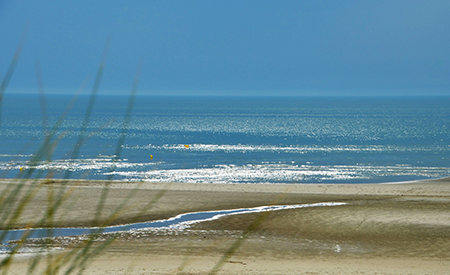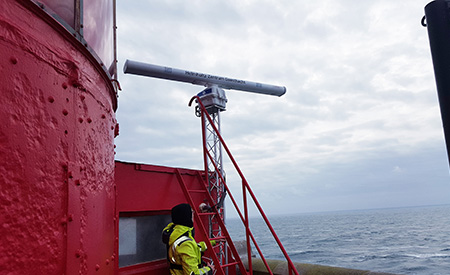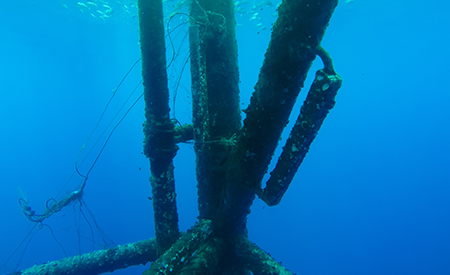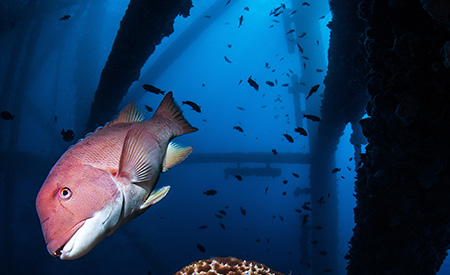Fixed offshore wind
Type of resources
Available actions
Topics
Keywords
Contact for the resource
Provided by
Years
Formats
status
-

This report presents the statistical study of the effects of the implementation of the Courseulles sur mer wind farm on the emergent properties of the ecosystem
-

The objective of the DiMe project was to improve the characterisation of extreme sea states with breaking waves by combining observations and modelling.
-

Conclusion and recommendation report resulting from the results of the ANODE project and published by FEM editions
-

This study is a numerical experiment to evaluate the sensitivity and specificity of a set of ecosystem indicators, including ANS, to fishing pressure.
-

The objective of the COME3T project were: • To provide elements of expertise, synthesis and recommendations on the identification of environmental priority issues for the ORE through the establishment of a lead neutral experts committee. • To install a French and unique network of experts that can be consulted by all ORE stakeholders.
-

This study analyses the sensitivity of network indices to the cumulative effects of the Courseulles sur mer wind farm and climate change
-

This report presents the analysis of the effects of climate change on the spatial distribution of different marine species frequenting the study site called Baie de Seine étendue using ecological niche models
-

In the context of the development of marine renewable energies in France, the recommendations report produced within the framework of the TROPHIK project is the first French approach to an integrated study on ecosystem changes related to the implementation of an offshore wind farm.
-

Configuration of the ocean model and biogeochemical modules
-

This document presents an analysis of the isotopic ratios of organisms sampled on the site of the future Windfarm.
 Catalogue PIGMA
Catalogue PIGMA